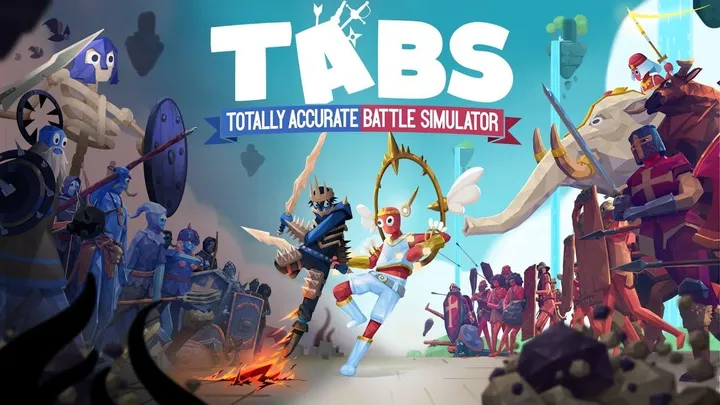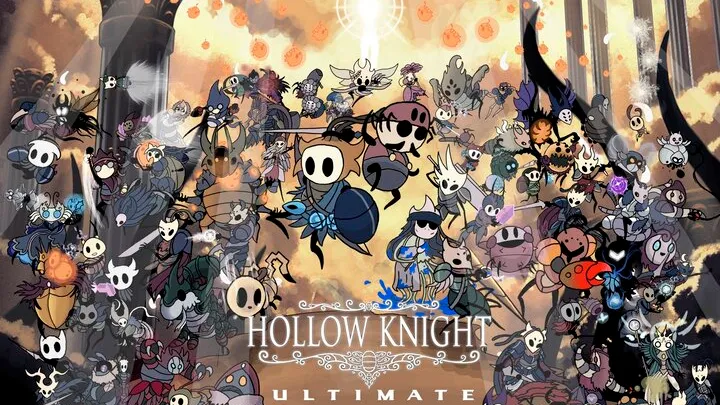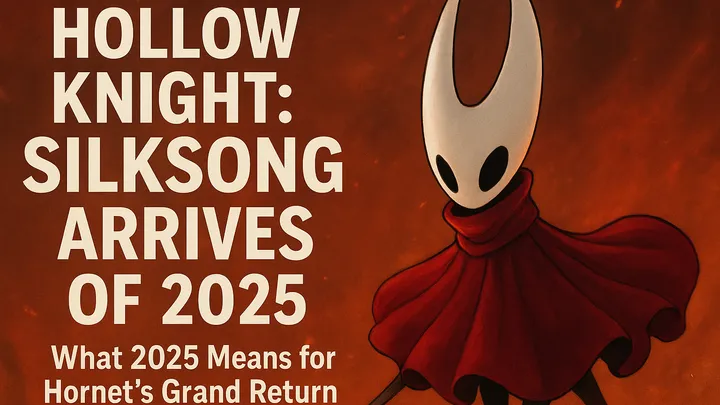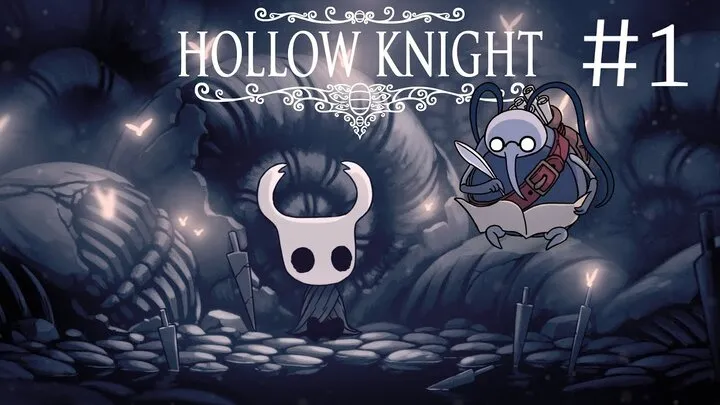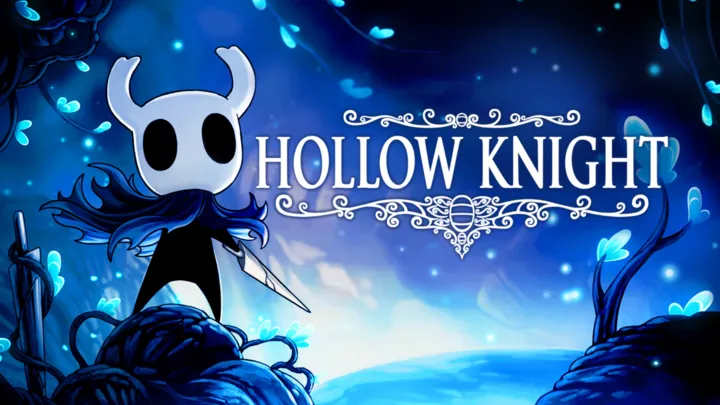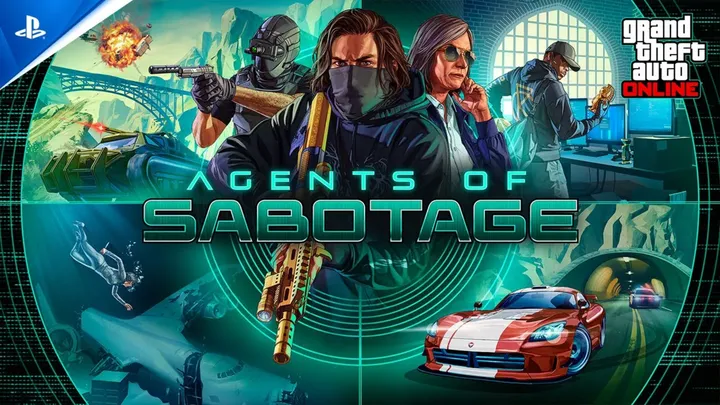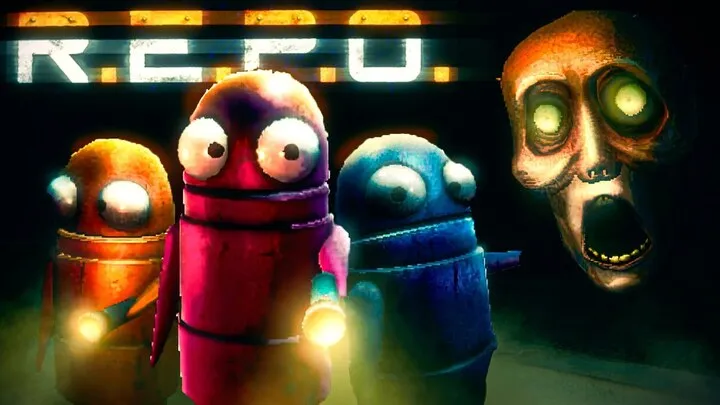Hollow Knight, developed by Team Cherry, is widely regarded as one of the greatest Metroidvania titles ever created. Its hauntingly beautiful world, intricate lore, and punishing combat have captivated millions of players. Yet among its many systems, one stands out for its depth and divisiveness: the Charm system. Charms allow players to customize their playstyle, modify core mechanics, and enhance combat — but the very system designed for freedom also imposes strict limitations and tough choices. This article explores the complexities of the Charm system in Hollow Knight, its impact on player experience, and how it shapes the game’s long-term identity.
The Birth of the Charm System: Intent and Inspiration
The Charm system was envisioned as a way to offer players flexibility without resorting to traditional RPG skill trees or permanent stats. Each charm acts as a modular upgrade, and players can equip a limited number of them using notches.
This concept was inspired by older action-adventure games that allowed minor modifications to core gameplay, but Hollow Knight took it further. By making charms both powerful and restrictive, Team Cherry ensured that players would constantly experiment with builds while facing meaningful trade-offs.
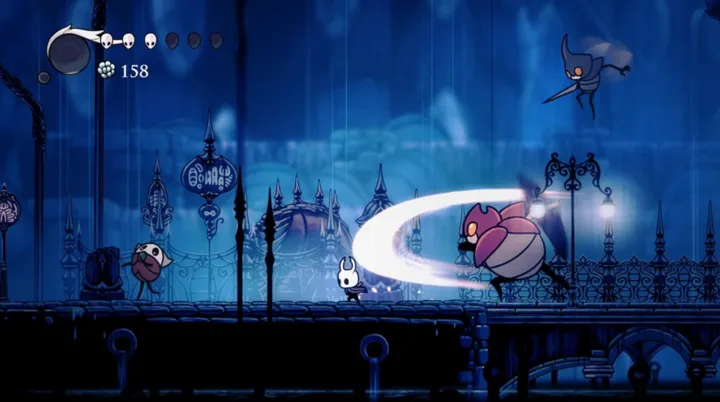
Understanding Charm Notches and Their Limitations
At the heart of the system is the notch mechanic. Each charm requires one or more notches, and your starting capacity is intentionally limited. Players must explore and find additional notches to expand their build potential.
This creates a dynamic tension: early-game builds are sparse and specialized, while late-game builds can be powerful but still constrained. The system forces players to make sacrifices — equipping one powerful charm may mean abandoning two or three situational ones.
Early-Game Charm Strategies: Surviving the Fragile Beginning
In the early stages of Hollow Knight, charms like Soul Catcher and Wayward Compass are invaluable. Players often rely on them to sustain their health and navigation while lacking the confidence or skill to go without.
However, these early charms can become a crutch. Many players hesitate to unequip Wayward Compass even when their map knowledge improves, inadvertently stifling their experimentation with combat-oriented charms.
Mid-Game Build Diversity: Experimentation and Identity Formation
As players unlock more notches, the system begins to open up. Mid-game areas like City of Tears and Kingdom’s Edge provide opportunities to gather charms such as Quick Slash, Mark of Pride, and Dashmaster.
This is the stage where players start forming a “playstyle identity.” Some embrace spellcasting, stacking Shaman Stones and Spell Twister; others favor nail-based aggression with Longnail or Fragile Strength. Yet even here, the notch restrictions remain tight enough to prevent overpowered synergy without deliberate planning.
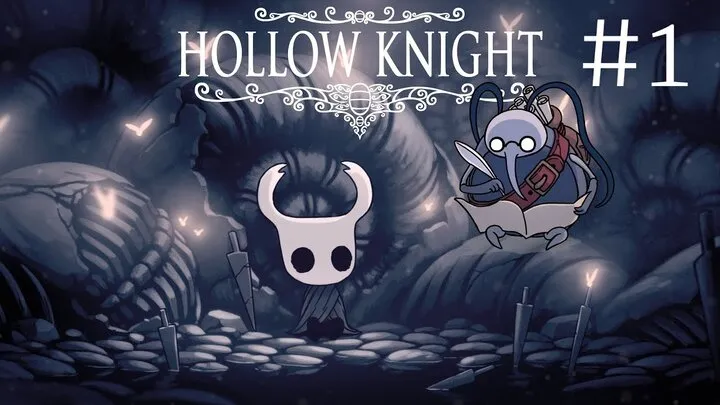
The Late-Game Dilemma: Overpowered or Underwhelming?
By the time players reach the White Palace or engage with the Pantheon challenges, they often have nearly every charm and a generous number of notches. Ironically, this abundance can reveal an issue: the system tends to favor a few “meta” builds over true variety.
For instance, the combination of Quick Slash, Unbreakable Strength, and Mark of Pride often overshadows creative but less efficient builds. Similarly, spell-heavy setups are highly notch-dependent, discouraging hybrid experimentation unless players overcharm (taking extra damage for exceeding their notch limit).
Overcharming: A Risk-Reward Mechanic That Divides the Community
Overcharming allows players to equip more charms than their notch capacity permits, but at the cost of taking double damage. On paper, this is an elegant way to trade survivability for power.
In practice, many players either avoid it entirely (too punishing) or exploit it for speedrunning and boss challenges. This polarized reception raises questions: should a risk-reward system encourage creative freedom, or does it unintentionally reinforce meta builds by only making extreme setups viable?
Charm Synergy: The Hidden Power of Combinations
Some charms are unimpressive alone but shine in synergy. For example:
- Spore Shroom + Defender’s Crest creates damaging clouds for a poison-based build.
- Sprintmaster + Dashmaster enables hyper-mobility exploration.
- Grubsong + Grubberfly’s Elegy turns damage-taking into soul-gaining and ranged offense.
This layer of combinational design is what makes the Charm system deeply rewarding for explorers. However, it also means that new players may overlook “bad charms” that only reveal their power through experimentation — something not all players have patience for.
Accessibility vs. Complexity: Who Is the System For?
For veteran players, the Charm system represents one of Hollow Knight’s greatest strengths: a sandbox of strategic possibilities where knowledge is power. For casual players, it can feel overwhelming — a constant negotiation between fun and survival.
Team Cherry attempted to balance this by introducing fragile charms (later upgradeable to unbreakable) and obvious utility charms early on, but the learning curve remains steep. This has led to debates within the community: should Hollow Knight’s sequel, Silksong, offer a more forgiving or modular system?
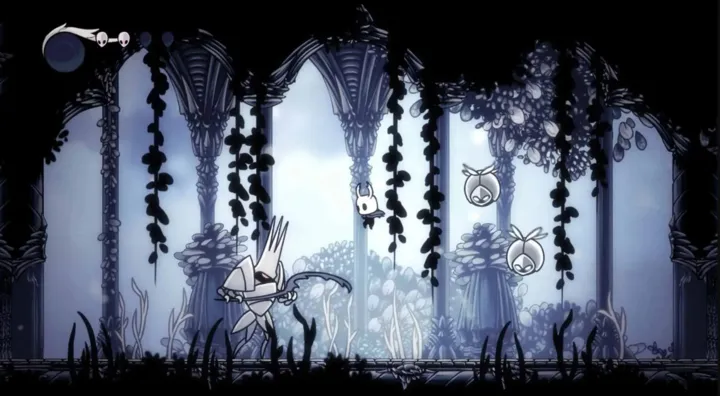
The System’s Impact on Replayability and Challenge Modes
One reason Hollow Knight retains such a passionate player base is its replayability. The Charm system ensures that each run can feel distinct depending on chosen builds. Boss rushes like the Pantheon of Hallownest test not only skill but also pre-fight charm planning.
Challenges like Steel Soul mode (permadeath) and Godhome encourage mastery of charm synergy, creating a meta-layer of strategy that extends the game’s life far beyond a single playthrough.
Lessons for Future Design: Silksong and Beyond
The Charm system in Hollow Knight is both celebrated and critiqued, and its legacy will undoubtedly shape Silksong’s evolution. Key lessons include:
- Balance is fragile — too many meta-defining charms reduce build creativity.
- Accessibility matters — gradual onboarding helps more players embrace complexity.
- Risk-reward systems like overcharming need refinement to avoid polarizing extremes.
If Team Cherry can refine this balance, Silksong may deliver an even more versatile and satisfying customization system.
Conclusion: The Double-Edged Blade of Charm Freedom
The Charm system in Hollow Knight exemplifies what makes the game a masterpiece: deep mechanics, meaningful trade-offs, and the freedom to fail spectacularly or triumph ingeniously. It also reveals the risks of ambitious design — when too much power concentrates in a handful of charms, diversity suffers.
Yet despite its flaws, the system remains one of the most memorable aspects of Hollow Knight. It is a conversation between developer and player, one that challenges you to experiment, adapt, and ultimately find your own path through Hallownest.
